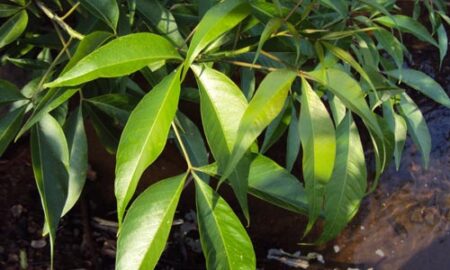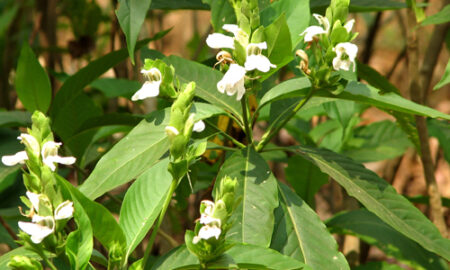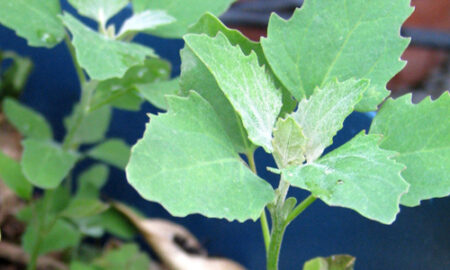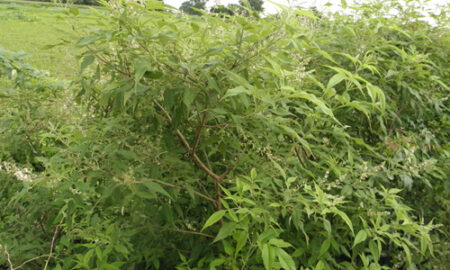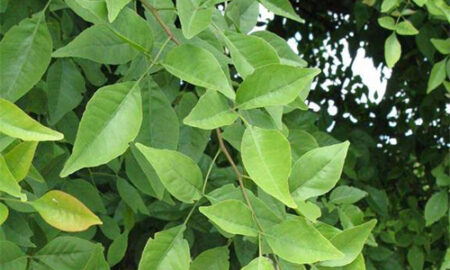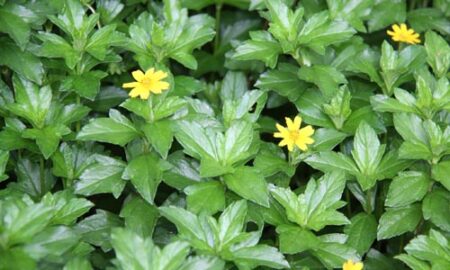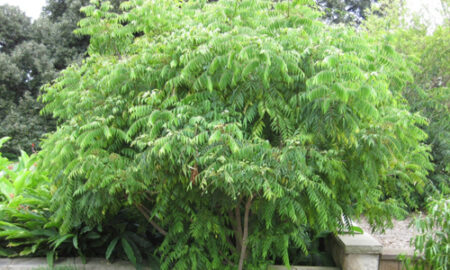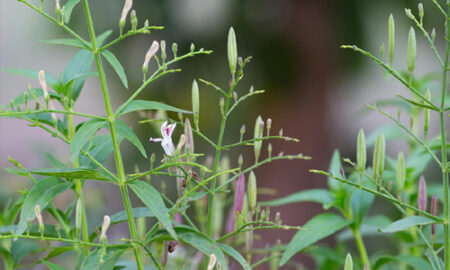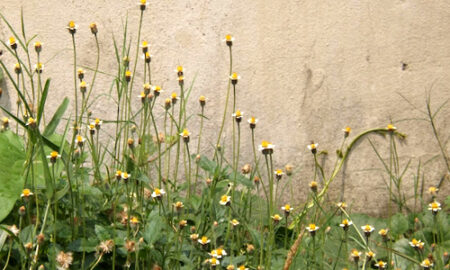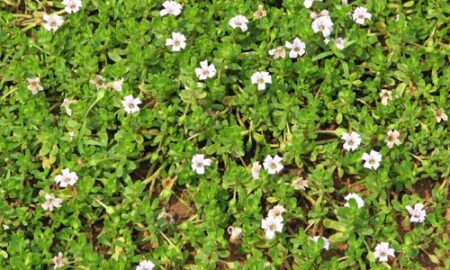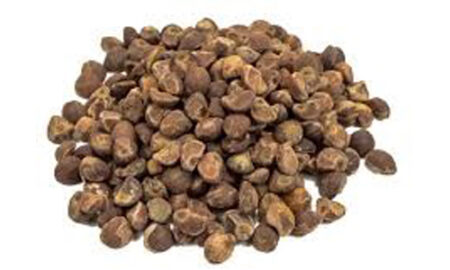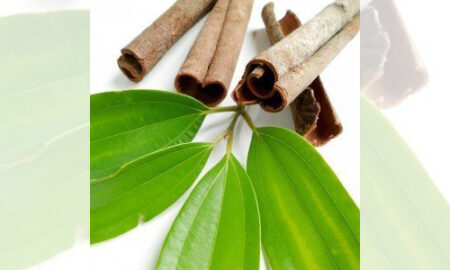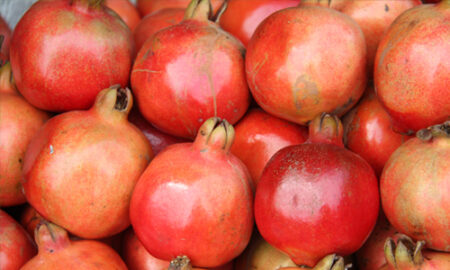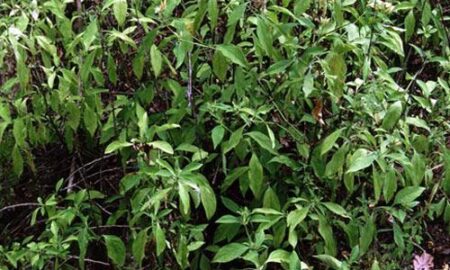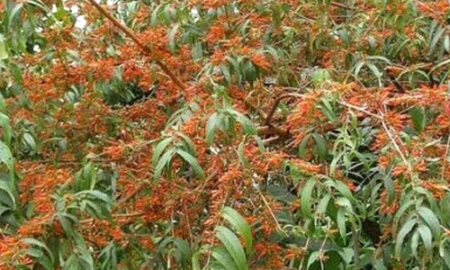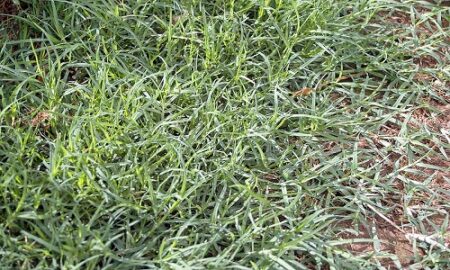Medicinal Plants
-
Baruna
Botanical name: Crateva religiosa
(=Crateva magna)Family: Capparaceae Local name: Baruna Common name: Three leafed caper Parts used: Bark, leaf Plant character: It is a medium-sized deciduous tree with trifoliate leaves and white/ yellowish-white flowers. It grows in full sunlight and prefers dry habitats of river banks, sandy localities and in dry deciduous forests. USES:
According to Ayurveda, plant is used for treatment of various urinary problems and fever.
-
Basanga
Botanical name: Justicia adhatoda
(=Adhatoda vasica; Adhatoda zeylanica)Family: Acanthaceae Local name: Basanga Common name: Malabar nut Parts used: Leaf Plant character: It is a shrub with large leaves and white flowers; usually found in forest glades, open waste places and village hedges. It prefers open sunny situations; can also be grown as a garden ornamental or hedge plant preferring natural bright light. USES:
Leaves are used for cough, asthma and infection. Leaf powder applied in gums keeps the teeth strong and relieves pain.
-
Bathua
Botanical name: Chenopodium album Family: Chenopodiaceae Local name: Bathua, Bathuasaga Common name: Wild Spinach, Goose foot, Pig weed Parts used: Leaf; Whole plant Plant character: It is an erect annual herb with hoary stems and branches. Leaves are distantly serrate. Flowers are small, greenish-white, borne on small cymes on inflorescence. This plant prefers full sunlight though it grows in partial shade. It is a weed in wastelands and also cultivated for its edible leaves. USES:
The leaves are used as leafy vegetable. The plant is also used for killing intestinal worms and increasing immunity power. Leaves are also eaten by the heart patients to get relief from heart diseases.
-
Begunia
Botanical name: Vitex negundo Family: Lamiaceae Local name: Begunia/ Nirgundi Common name: Five-leaved chaste tree, Chinese chastetree Parts used: Leaf Plant character: It is a spreading aromatic shrub with 5-foliolate leaves and blue flowers. This species in wild in field bunds, forest edges and village thickets. Best grown in full sun. Rarely cultivated. USES:
Fresh leaf juice mixed in honey is taken on empty stomach in asthma. Fresh leaves are boiled in water till vaporization and the vapors are inhaled through mouth to reduce cough. The leaves are kept with food grains to keep away the insects during storage.
-
Bela
Botanical name: Wedelia chinensis
(=Wedelia calendulacea)Family: Rutaceae Local name: Bela, Bel, Bilwa Common name: Stone apple, Bael Parts used: Leaf, fruit, bark Plant character: It is a moderate-sized tree with trifoliolate leaves and greenish-white flowers. Fruits are woody and yellow from outside when ripe but yellow and pulpy inside. Seeds are embedded in the pale orange, aromatic pulp. It is common in dry forests and planted in temple premises, gardens and homesteads. It prefers full sunlight and dry habitats. USES:
Fruits, bark, leaves and seeds are used in traditional medicine to treat various diseases like constipation, hyper acidity, diarrhea and dysentery. Fruits are used for preparation of summer drink in India. It has anti-cancer, anti-microbial, anti-viral and anti-inflammatory properties.
-
Bhrungaraj
Botanical name: Wedelia chinensis
(=Wedelia calendulacea)Family: Asteraceae Local name: Bhrungaraj, Bhringraj Common name: Chinese wedelia Parts used: Leaf Plant character: This is a prostate gregariously-growing herb with hairy branches, partially lobed leaves, bright yellow flowers. It flowers profusely in full sun. Besides wild occurrence, it is used as a cover crop in gardens. USES:
Leaves are used in the treatment of dermatological disorders, hair loss, pimples and mouth ulcer and also as a hair dye.
-
Bhrusunga
Botanical name: Murraya koenigii Family: Rutaceae Local name: Bhrusunga Common name: Curry leaf Parts used: Leaves Plant character: It is a small tree with night-blooming white scented flowers. The species is wild in the forests but frequently cultivated in gardens and parks as a hedge plant and ornamental species. It can grow in full sun to part shady location. USES:
Fresh leaves are usually used in Indian cooking. Leaves of this plant are a good source of vitamin A, B, C, B2 and calcium and iron and helps in the treatment of dysentery, diabetes, diarrhoea, morning sickness, nausea.
-
Bhuinnimba
Botanical name: Andrographis paniculata Family: Acanthaceae Local name: Bhuinnimba Common name: Chireita, Bitter weed Parts used: Whole plant Plant character: It is an erect annual herbaceous plant with large spreading inflorescence of white flowers and cylindrical fruits that splits open. It prefers hot, humid climate with plenty of sunlight. Found in all types of habitats and can be cultivated. USES:
The leaf paste applied on body to cure various types of skin diseases. Decoction of leaf also helps in clearing of intestinal worms and increasing immunity of body.
-
Bisalyakarani
Botanical name: Tridax procumbens Family: Asteraceae Local name: Bisalyakarani Common name: Tridax daisy, Coat buttons Parts used: Leaf Plant character: It is a perennial creeping and prostate invasive weed of waste places. Stems herbaceous, hairy; leaves thick, serrate on margins; flowers pale yellow, borne of capitate heads. It prefers bright sunlight. This is a wild plant but can be cultivated. USES:
The leaf juice or leaf paste if used to stop bleeding from wounds. The leaf paste is applied to heal pimples. Leaves are applied externally in ringworm infection.
-
Brahmi
Botanical name: Bacopa monieri Family: Scrophulariaceae Local name: Brahmi/thyme leafed gratiola Common name: Herb of grace Parts used: Whole plant Plant character: It is a gregariously-growing perennial creeping herb of aquatic, semi-aquatic habitats and wetlands. It thrives in full sun and also under light shade. It is usually harvested from the wild. USES:
According to Ayurveda Bacopa monieri has been used for variety of purposes like enhancing memory and nerves, reducing anxiety and cure epilepsy.
-
Brudhajaraka
Botanical name: Argyreia nervosa
(=Argyreia speciosa)Family: Convolvulaceae Local name: Brudhajaraka, Brudhadaraka Common name: Elephant creeper Parts used: Seed, leaf, bark, root Plant character: It is a robust perennial climber with large hairy leaves. Flowers are large, tubular, pink. It requires full sun light but also grows in partial shade. It is wild in forests and also grown in gardens. USES:
Seed powder is beneficial for reduction of weakness. Traditionally plant is also used to cure gonorrhea and chronic ulcers. Root is regarded as a tonic for the nerves and brain.
-
Dalchini
Botanical name: Cinnamomum verum
(=Cinnamomum zeylanicum)Family: Lauraceae Local name: Dalchini Common name: Cinnamon Parts used: Stem bark Plant character: It is a moderate-sized evergreen tree with thick aromatic bark and glossy leaves. Flowers are white. It requires full to partial sun exposure for better growth. Widely cultivated. USES:
Chewing a piece of dry bark controls nausea and vomiting while paste of the bark controls headache. Powder of Dalchini mixed with honey in a tea can be used for control of indigestion, stomachache and in intestinal spasm.
-
Dalimba
Botanical name: Punica granatum Family: Punicaceae Local name: Dalimba Common name: Pomegranate Parts used: Fruit Plant character: It is a small tree with angular stem, orbicular leaves, orange/ red colour large flowers. Fruits are globose and red when ripe. It has long been cultivated for its edible fruit and can become an attractive ornamental plant. It does better under full sunlight. It is widely cultivated for its tasty and medicinal fruit. USES:
Pomegranate fruits are rich in antioxidants and flavonoids, both of which are known to prevent free radicals from damaging cells. It is used as medicine for curing oral bleeding and loose motion.
-
Daskerenta
Botanical name: Barleria prionitis Family: Acanthaceae Local name: Daskerenta Common name: Porcupine flower Parts used: Leaf, Stem Plant character: It is a tough, spiny, much-branched shrub with prominent yellow flowers. Plant grows in full sun but sometimes in partial shade. It is an wild plant which is grown for its showy flowers and medicinal value. USES:
The whole plant or its specific parts (leaf, stem, root, bark and flower) has also been utilized for treatment of toothache, whooping cough, tuberculosis, and eczema. The paste of the stem is applied in the affected area to get relief from snake bite.
-
Datuki
Botanical name: Woodfordia fruticosa
(=Woodfordia floribunda)Family: Lamiaceae Local name: Datuki, Dhatki Common name: Fire-flame bush Parts used: Leaf, Flower, Fruit Plant character: It is a deciduous shrub to small tree with lanceolate leaves. Flowers are deep red, on bare branches. It is a dominant component of moist deciduous forests in open, sunny places. It is wild, rarely grown in gardens. USES:
Leaf paste applied on fresh cut and wounds
-
Duba
Botanical name: Cynodon dactylon Family: Poaceae Local name: Duba, Dubaghasa Common name: Couch grass, Bermuda grass Parts used: Aerial parts, root. Plant character: It is a prostrate herbaceous grass, rooting at nodes. Leaves are lanceolate; flowers in digitate inflorescence. The grass spreads rapidly by its stolons and seeds and colonize wastelands rapidly. It requires high light intensity and direct sunlight to grow. Fairly abundant in the wild; can be cultivated as a lawn grass. USES:
Leaf juice with sugar candy (misiri) is prescribed to small kids to cure diarrhea and vomiting. Paste of root with raw rice is applied on forehead to cure headache.


